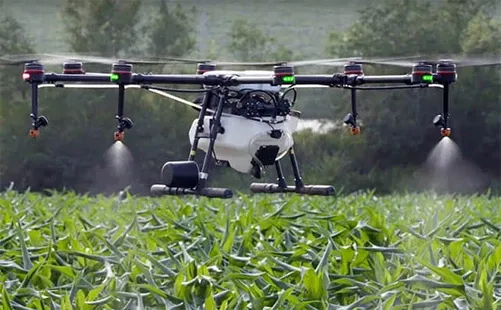

In the ever-evolving landscape of modern farming, agriculture drones have emerged as invaluable tools, revolutionizing traditional practices. Here are some of the key advantages that propel these technological wonders into the forefront of agricultural efficiency:

